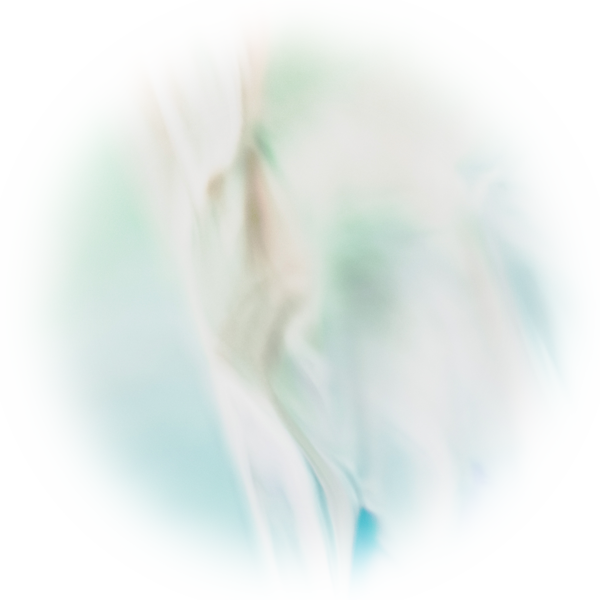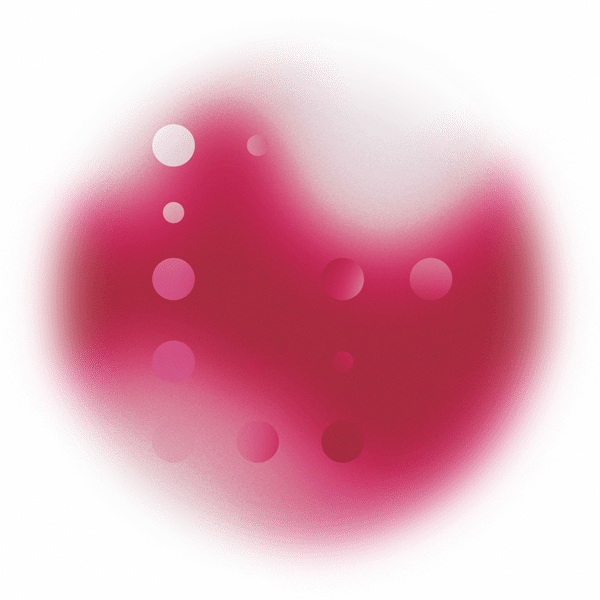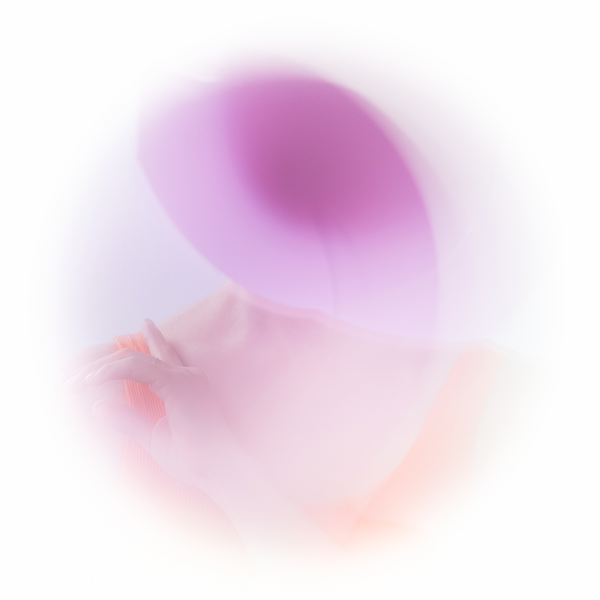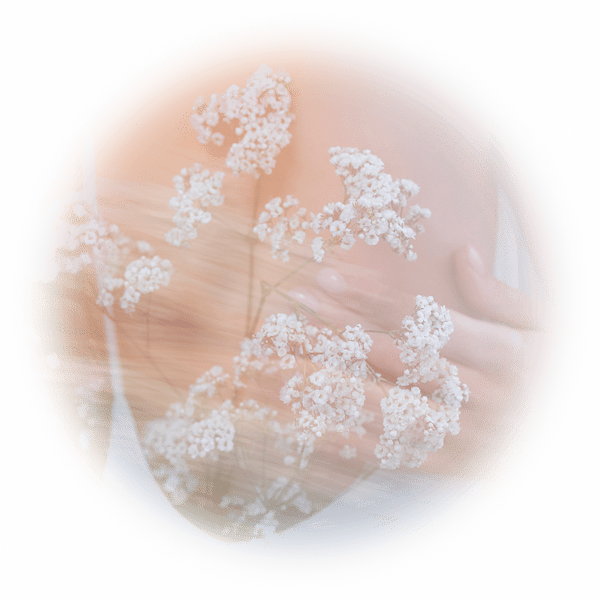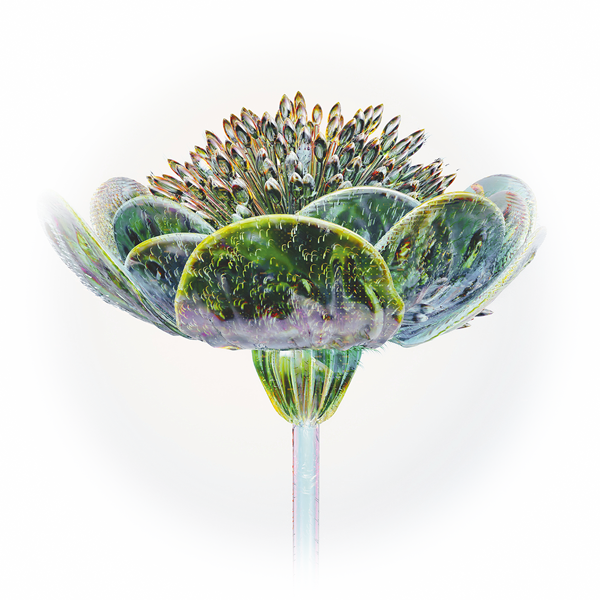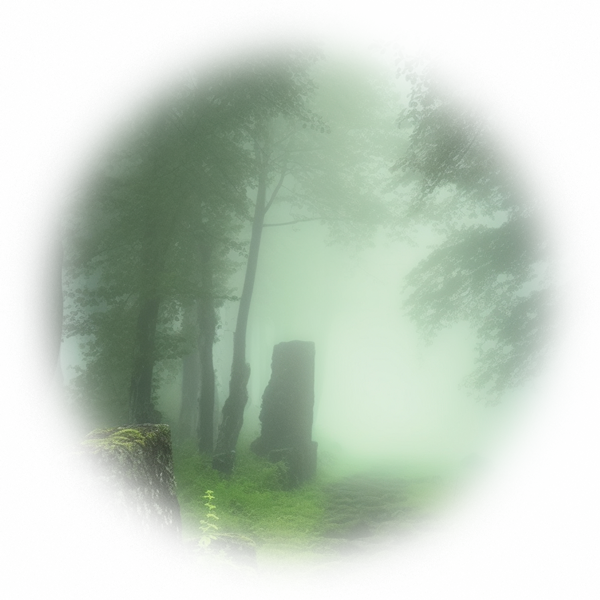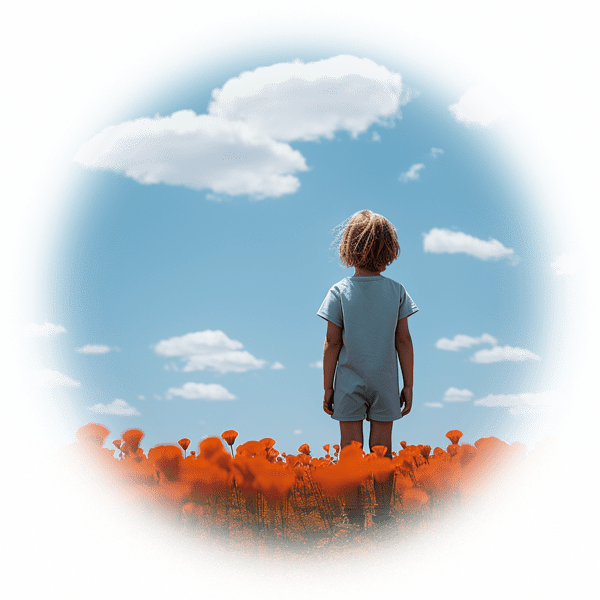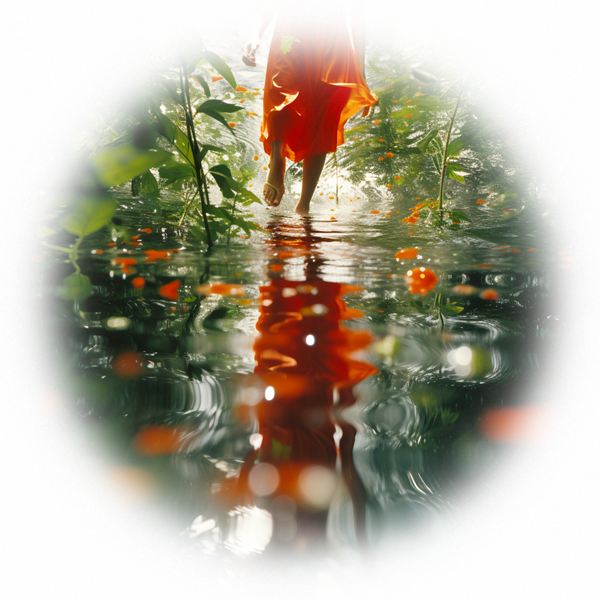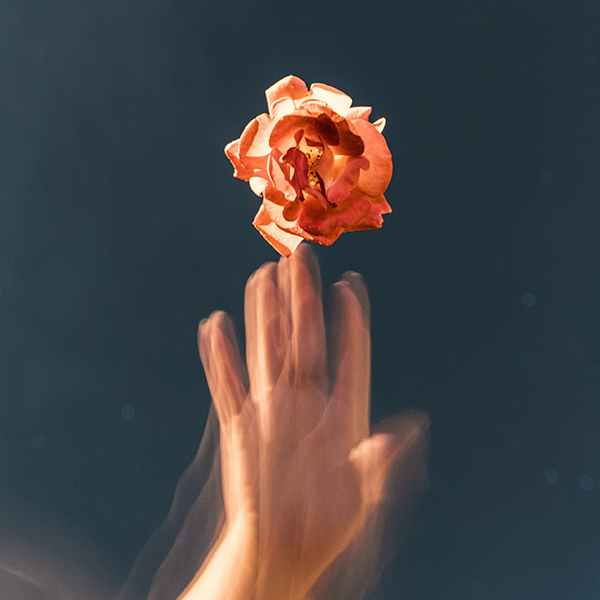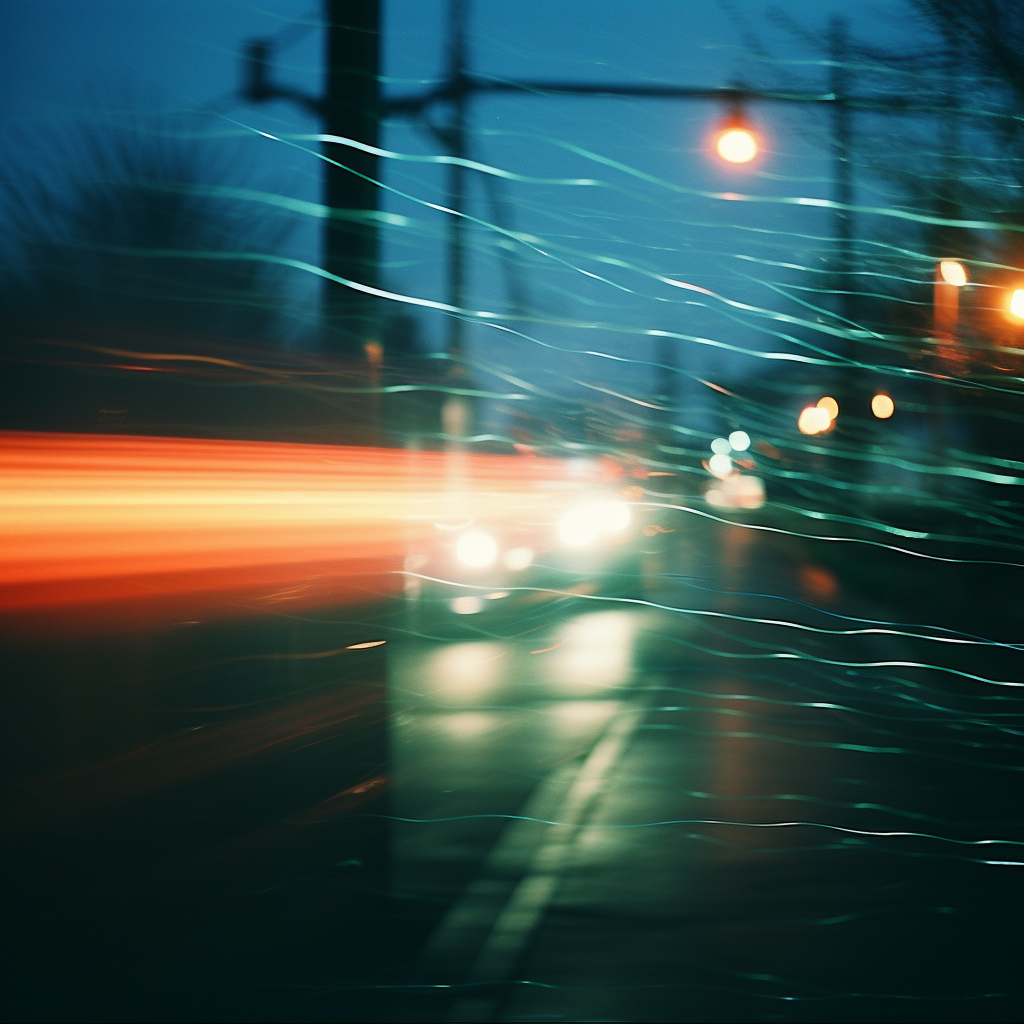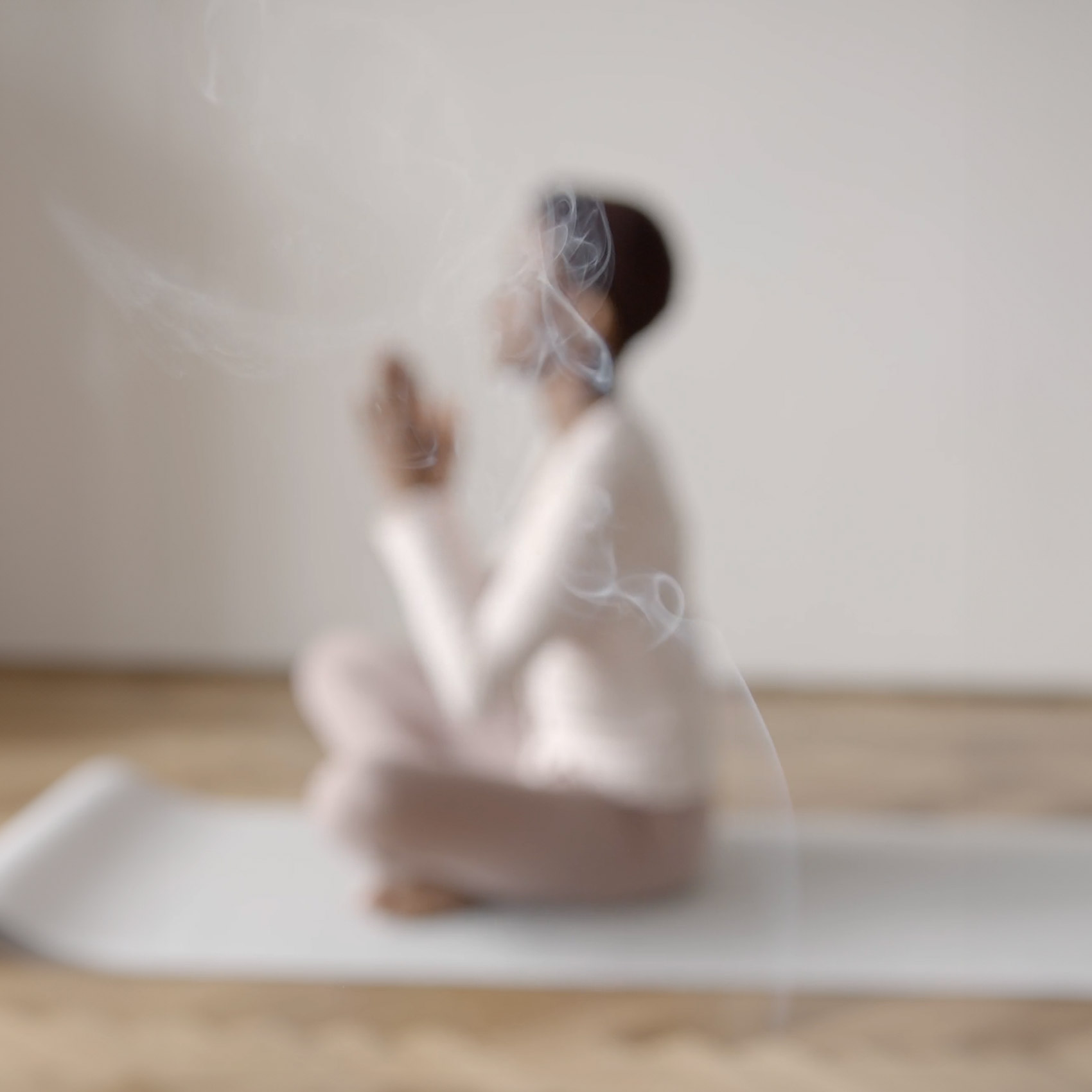The dream as well as the fairy tale should not be taken at face value. Their analysis is at a higher level of consciousness. At first sight, the scenario of the tale as well as that of the dream seem improbable, fantastic or meaningless. What happens in them escapes reason.
Their interpretation is in fact based on the identification of motifs or symbols that find their meaning through association. In the dream, the interpretation is done at the individual level, in a personal perspective, in the tale, at the cultural level, in a universal point of view.
In the tale, the animals that speak, the buried or hidden treasures, the impossible quests take on universal psychological meanings, whether they are of the order of sexuality or of transformation. The tale generally comes to enlighten troubled periods of the existence by offering a way out, a key of comprehension which makes its underground way and not immediate. In the same way, the meaning of dreams is not instantaneous, it is necessary to work for a long time and sometimes with the help of a specialist around the perceived images to understand the message. This obscure language addresses our Unconscious, the one that rules our emotions and the way we are programmed to be in the world. Ordinary logic is in this case disarmed to address this outlaw.
Beyond the similarities of structures, the correspondences between tales and dreams are found in the scenarios themselves.
Many of the famous tales, for example, have dreams as their underlying motif. In The Princess and the Pea, which features a young girl whose sensitive back reveals her true nature, we can understand this ability to feel the pea, under layers of mattresses and quilts, as the ability of truth to flush under layers of dream.
The Golden Bird is also a fairy tale that involves a dream. In this story, a king is obsessed with a golden bird that appears in his dreams. He offers a reward to anyone who can capture the bird, but all fail. Finally, the king’s youngest son embarks on the quest and succeeds. This shows how children can fulfill the unconscious desires of their parents.
In Disney, the dream theme is also a compelling motif. In Sleeping Beauty, 1959, Aurora says she has already met her prince in the middle of a dream “I know you, I walked with you once upon a dream”. The connection between them precedes the physical encounter. More recently in the film Tangled, 2010, the musical hit “I’ve got a dream”, gives pride of place to desires in contradiction with our public image, to let a touching vulnerability appear.
With catharsis effects, storytelling and dreaming heal by reformulating what has been buried. Here, the hidden resurfaces, just like in nightmares where you can’t run, and you are caught by the monster, you can’t escape what has been said or done before.
In both cases, tale and dream show an alternative, a singular world that escapes the given laws to reinvent them.
